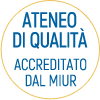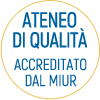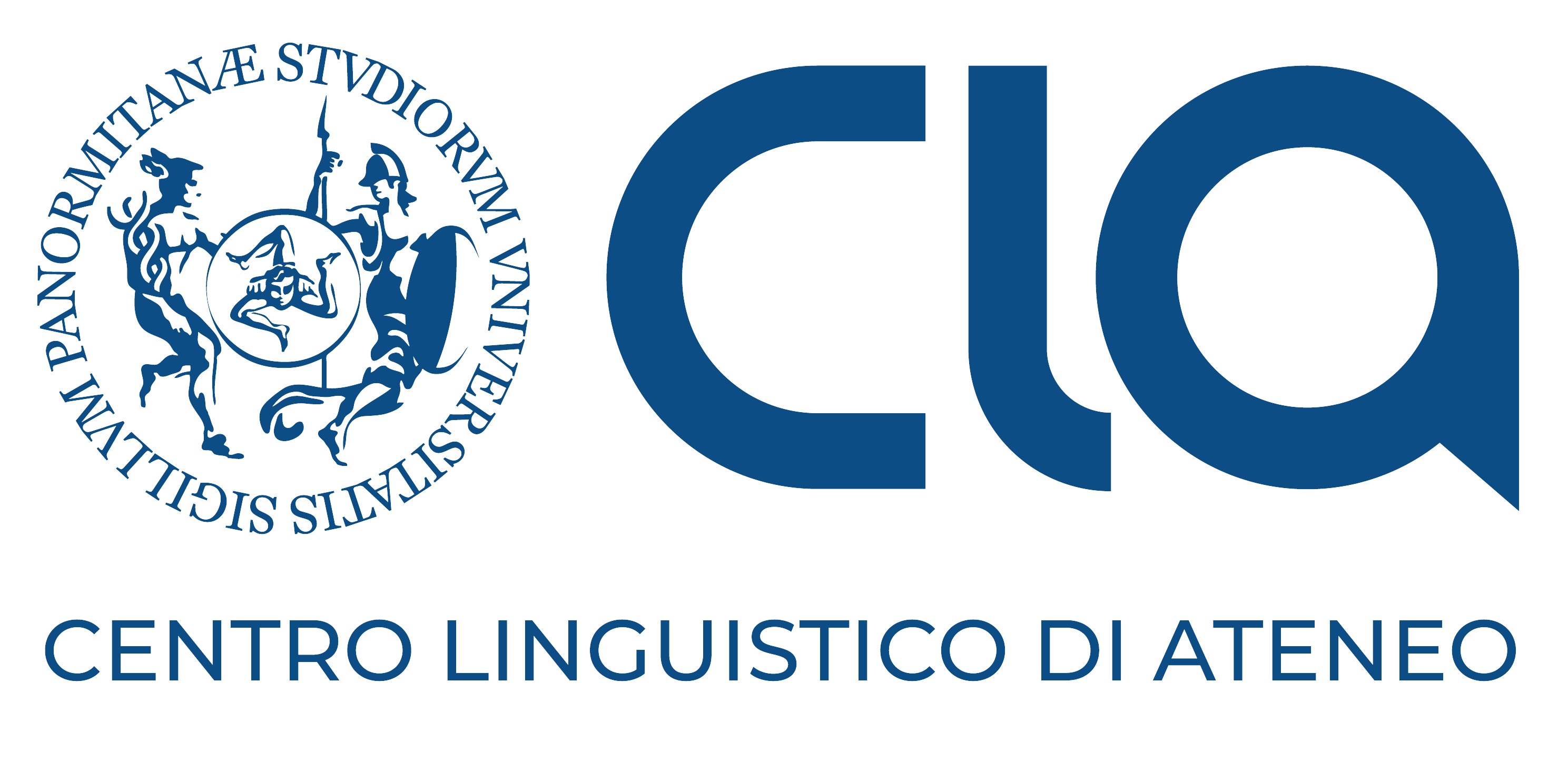PDW REFERENCES
Ascolta
 |
2019 ACADEMY OF MANAGEMENT
ANNUAL MEETING
Professional Development Workshop Proposal
PSYCHOLOGICAL FOUNDATIONS OF MANAGEMENT IN FAMILY FIRMS |
Boston Marriott Copley Place
Simmons on Friday, Aug 9 2019, 1:00PM - 3:00PM
| HOME | THEME | FORMAT | SPEAKERS | REFERENCES |
- Berrone, P., Cruz, C., & Gomez-Mejia, L. R. (2012). Socioemotional wealth in family firms: Theoretical dimensions, assessment approaches, and agenda for future research. Family Business Review, 25, 258-279.
- Briscoe, F., Chin, M. K., & Hambrick, D. C. (2014). CEO ideology as an element of the corporate opportunity structure for social activists. Academy of Management Journal, 57, 1786-1809.
- Carney, M. (2005). Corporate governance and competitive advantage in family‐controlled firms. Entrepreneurship Theory and Practice, 29, 249-265.
- Chrisman, J. J., Chua, J. H., Pearson, A. W., & Barnett, T. (2012). Family involvement, family influence, and family‐centered non‐economic goals in small firms. Entrepreneurship Theory and Practice, 36, 267-293.
- Ferris, D. L., Johnson, R. E., Rosen, C. C., & Tan, J. A. (2012). Core self-evaluations a review and evaluation of the literature. Journal of Management, 38, 81-128.
- Finkelstein, S., & Hambrick, D. C. (1990). Top-management-team tenure and organizational outcomes: The moderating role of managerial discretion. Administrative Science Quarterly, 35, 484-503.
- Gómez-Mejía, L. R., Cruz, C., Berrone, P., & De Castro, J. (2011). The bind that ties: Socioemotional wealth preservation in family firms. Academy of Management Annals, 5, 653-707.
- Groome, D. (2013). An introduction to cognitive psychology: Processes and disorders. Psychology Press.
- Hayward, M. L., & Hambrick, D. C. (1997). Explaining the premiums paid for large acquisitions: Evidence of CEO hubris. Administrative Science Quarterly, 42, 103-127.
- Hayward, M. L., Shepherd, D. A., & Griffin, D. (2006). A hubris theory of entrepreneurship. Management Science, 52(2), 160-172.
- Hiller, N. J., & Hambrick, D. C. (2005). Conceptualizing executive hubris: the role of (hyper‐) core self‐evaluations in strategic decision‐making. Strategic Management Journal, 26, 297-319.
- Johnson, S. G., Schnatterly, K., & Hill, A. D. (2013). Board composition beyond independence: Social capital, human capital, and demographics. Journal of Management, 39, 232-262.
- Judge, T. A., Piccolo, R. F., & Kosalka, T. (2009). The bright and dark sides of leader traits: A review and theoretical extension of the leader trait paradigm. Leadership Quarterly, 20, 855-875.
- Kalat, J. W. (2013). Introduction to Psychology. Wadsworth Cengage Learning.
- Klotz, A. C., & Neubaum, D. O. (2016). Research on the dark side of personality traits in entrepreneurship: observations from an organizational behavior perspective. Entrepreneurship Theory and Practice, 40, 7-17.
- Kotlar, J., & De Massis, A. (2013). Goal setting in family firms: Goal diversity, social interactions, and collective commitment to family-centered goals. Entrepreneurship Theory and Practice, 37, 1263–1288.
- Levinthal, D. A. (2011). A behavioral approach to strategy—what’s the alternative?. Strategic Management Journal, 32, 1517-1523.
- Li, J., & Tang, Y. (2010). CEO hubris and firm risk taking in China: The moderating role of managerial discretion. Academy of Management Journal, 53, 45-68.
- Nicholson, N. (2008). Evolutionary psychology and family business: A new synthesis for theory, research, and practice. Family Business Review, 21, 103-118.
- Ou, A. Y., Tsui, A. S., Kinicki, A. J., Waldman, D. A., Xiao, Z., & Song, L. J. (2014). Humble chief executive officers’ connections to top management team integration and middle managers’ responses. Administrative Science Quarterly, 59, 34-72.
- Owens, B. P., Johnson, M. D., & Mitchell, T. R. (2013). Expressed humility in organizations: Implications for performance, teams, and leadership. Organization Science, 24, 1517-1538.
- Picone, P. M., Dagnino, G. B., & Minà, A. (2014). The origin of failure: A multidisciplinary appraisal of the hubris hypothesis and proposed research agenda. Academy of Management Perspectives, 28, 447-468.
- Roberson, Q. (2019) AOM 2019 Theme: Understanding the Inclusive Organization, 79th Annual Meeting of the Academy of Management. Available on line.
- Simsek, Z., Heavey, C., & Veiga, J. J. F. (2010). The impact of CEO core self‐evaluation on the firm's entrepreneurial orientation. Strategic Management Journal, 31(1), 110-119.
- Smeekes, A., & Verkuyten, M. (2015). The presence of the past: Identity continuity and group dynamics. European Review of Social Psychology, 26, 162-202.
- Tang, Y., Li, J., & Yang, H. (2015). What I see, what I do: How executive hubris affects firm innovation. Journal of Management, 41(6), 1698-1723.
- Tarakci, M., Greer, L. L., & Groenen, P. J. (2016). When does power disparity help or hurt group performance?. Journal of Applied Psychology, 101, 415-429.
- Tyrer, P., Reed, G. M., & Crawford, M. J. (2015). Classification, assessment, prevalence, and effect of personality disorder. The Lancet, 385, 717-726.
- Vera, D., & Rodriguez-Lopez, A. (2004). Strategic Virtues:: Humility as a Source of Competitive Advantage. Organizational dynamics, 33(4), 393-408.
- Zahra, S. A., & Newey, L. R. (2009). Maximizing the impact of organization science: Theory‐building at the intersection of disciplines and/or fields. Journal of Management Studies, 46, 1059-1075.
- Zhu, D. H., & Chen, G. (2015). Narcissism, director selection, and risk‐taking spending. Strategic Management Journal, 36(13), 2075-2098.





























